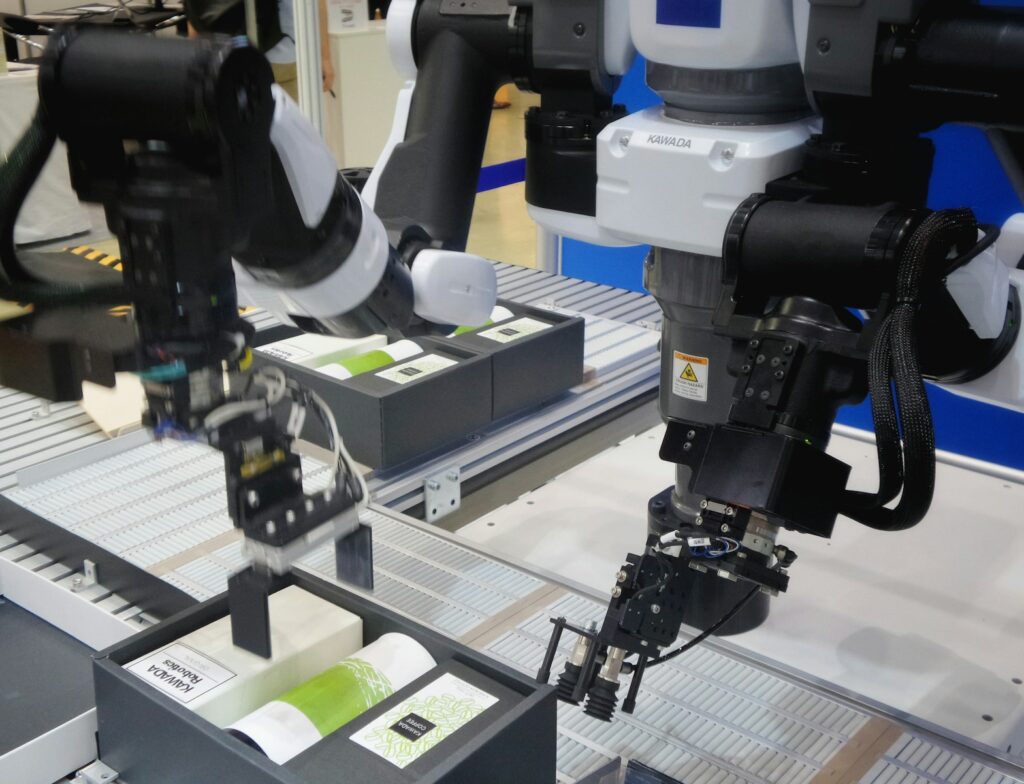AI Agents vs Workflow Engines: A Comprehensive Guide to Choosing the Right Automation Tool
Advancements in automation technology have profoundly reshaped the way organizations approach task execution and business processes. From the simplest automated notifications to complex decision-making systems, tools like AI agents and workflow engines have created exciting avenues for boosting productivity, reducing errors, and streamlining operations. It’s easy, however, to confuse these two distinct approaches to automation.
While both aim to improve efficiency, AI agents and workflow engines are fundamentally different in their structure, capabilities, and optimal use cases. In this article, we’ll explore their key features, dive into their differences, and help you determine which tool is right for your needs.
What Are AI Agents?
AI agents are autonomous systems designed to make decisions and perform tasks with minimal human intervention. Unlike traditional automation tools that strictly follow predefined instructions, AI agents leverage artificial intelligence to learn, adapt, and act independently in dynamic and unpredictable scenarios.
Key Features of AI Agents
- Intelligence and Learning
- AI agents use machine learning (ML) and natural language processing (NLP) to interpret data, analyze patterns, and make predictions.
- They are capable of continuous learning, which allows them to improve performance over time.
- Autonomy and Proactivity
- AI agents operate with a high degree of autonomy, meaning they can execute workflows, take decisions, and even anticipate future actions without constant human oversight.
- They proactively adapt to real-world scenarios (e.g., supply chain optimization or creating dynamic customer recommendations).
- Context Awareness
- They understand and respond to their environment, making them ideal for tasks requiring situational understanding (e.g., virtual assistants like Siri or Alexa).
Applications of AI Agents
- Customer Support: AI chatbots capable of nuanced interactions and sentiment analysis.
- Predictive Analytics: Forecasting sales, demand, or customer churn.
- Operations Management: Real-time adjustments based on market conditions (e.g., inventory management).
- Autonomous Vehicles: Navigating traffic, avoiding obstacles, and making split-second decisions.
Technical Requirements
- Robust frameworks such as TensorFlow or PyTorch for developing AI models.
- Access to large volumes of training data for machine learning.
- Continuous monitoring to improve the agent’s output through feedback loops.
What Are Workflow Engines?
Workflow engines are structured tools designed to automate predefined tasks and processes based on a set of rules. Unlike AI agents, workflow engines operate deterministically, meaning every decision and output is predictable and pre-programmed.
Key Features of Workflow Engines
- Simplicity and Reliability
- Workflow engines follow a clear, predefined path, ensuring consistent and dependable execution of repetitive tasks.
- Ideal for organizations looking to automate straightforward processes with minimal risk or complexity.
- Static, Rule-Based Structures
- Execution is based on pre-configured rules and trigger-based logic.
- Every task depends on specific if/else conditions, making deviations or dynamic adaptability less feasible.
- Ease of Use
- Tools like Zapier and Make.com provide drag-and-drop capabilities, simplifying automation for everyday users without requiring coding knowledge.
AI Agents vs Workflow Engines: Key Differences
To better understand when to use AI agents versus workflow engines, let’s examine the key distinctions:
| Feature | AI Agents | Workflow Engines |
|---|---|---|
| Flexibility | High; adaptable to dynamic environments. | Low; rigid and predefined. |
| Task Complexity | Handles complex, evolving tasks requiring decision-making. | Best for repetitive, predictable workflows. |
| Ease of Implementation | Requires technical expertise. | User-friendly; little to no coding required. |
| Example Use Case | Predicting customer churn. | Updating CRM records automatically. |
How to Choose the Right Tool
When to Use AI Agents
- Dynamic Problem Solving: Tasks requiring flexibility, such as real-time decision-making or personalization.
- Exploratory Goals: Where outcomes cannot be predefined and require adaptive solutions.
When to Choose Workflow Engines
- Simple Automation: Tasks that follow repetitive, deterministic patterns.
- Quick Deployment: If you need automation up and running within hours or days.
